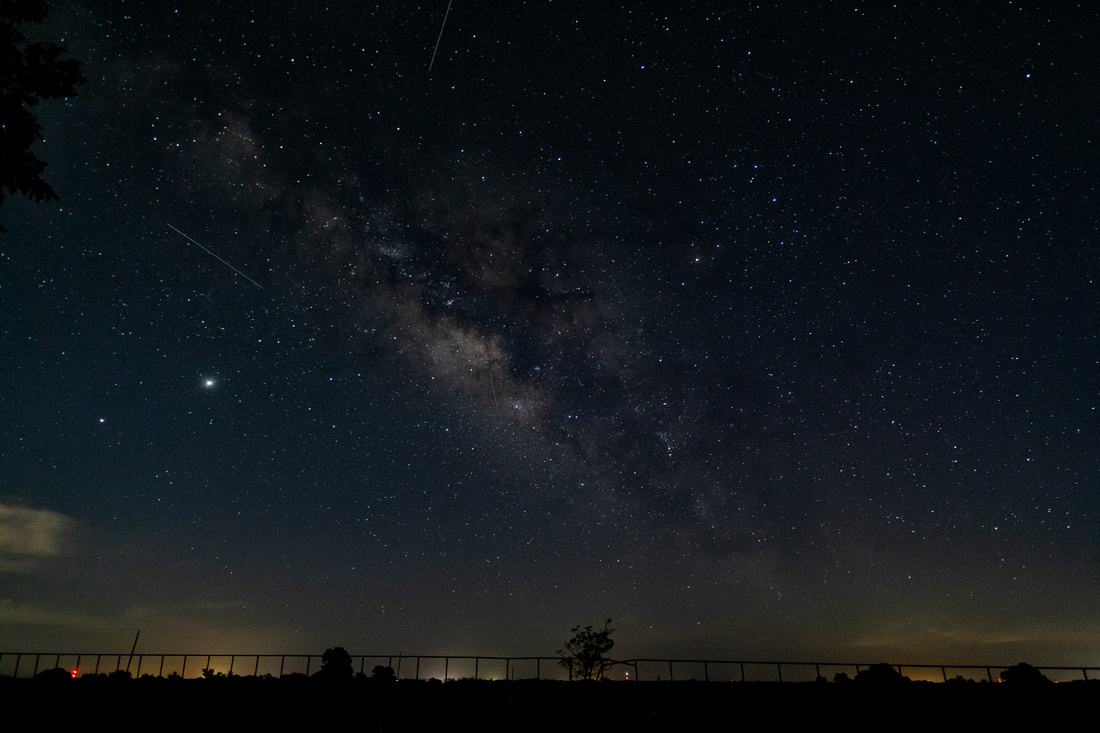Charles_McG
Ciderwright
Celestron C8.
Celestron 11x80 binocs.
Celestron 11x80 binocs.

Not to divert too much, but I have a cheaper Nikon consumer super zoom (P610) with a 35mm equivalent max focal length of 2000 mm and I can't get anywhere close to images like you'd posted! Of course, the dumb thing won't let me make time exposures, but if you shot Saturn at 1/100 and f/4, well, this dumb Irishman must be doing something wrong. Or said camera just isn't that capable.



The 600 f4 is the workhorse and for what I paid for that thing you can get a really nice scope and mount (but I can't do bird and wildlife photography with a telescope).
I ordered a moon filter. I wonder what the difference will be.I tried an inexpensive eyepiece camera, the Svbony SV105. I mostly take pics of the moon. I tried one of the software programs, but I mostly just use the camera app on my Chromebook. The power seems to be about equal to a 10mm eyepiece.
View attachment 466478
View attachment 466477
I do use a moon filter most of the time.
I'm waiting for Jupiter and Saturn to become easier to observe later this summer.
You should be able to look at the full moon without blinding yourself. Full moon isn't the best for viewing anyway; the terminator between light and dark shows the best contrast. A composite image of the moon constructed by digital combining of the terminators shot each day over two weeks (new moon to full moon) shows far more detail than the actual full moon.I ordered a moon filter. I wonder what the difference will be.
Depends on what kind of "moon filter" you ordered. A plain old neutral density filter will reduce brightness and improve contrast. That is what I use.I ordered a moon filter. I wonder what the difference will be.
Celestron and Meade are the big guns in amateur telescopes. Their middle price to high price scopes are very good values. However, they also make low price optics which are essentially junk for astronomical use.I recently purchased a Orian 15mm eyepiece, which was decent. A lot better than the 10mm and 20mm that came with the telescope. Then I bought a Celestron 8-24mm zoom. This eyepiece is way better than the few I already have, the images are more clearer, crispier, and a wider field of view. I have been wondering which manufactures produce good quality products and it seems like celestron is one of them.
I hope the zoom eyepieces have improved since I had one from University Optics. It was more like a digital zoom; exact same view at 8 mm as at 24, just that the 8 mm view was spread out farther. IOW the apparent field of view was different, the absolute field was identical. Felt as though I'd been robbed.I recently purchased a Orian 15mm eyepiece, which was decent. A lot better than the 10mm and 20mm that came with the telescope. Then I bought a Celestron 8-24mm zoom. This eyepiece is way better than the few I already have, the images are more clearer, crispier, and a wider field of view. I have been wondering which manufactures produce good quality products and it seems like celestron is one of them.
I think might look into it .Celestron and Meade are the big guns in amateur telescopes. Their middle price to high price scopes are very good values. However, they also make low price optics which are essentially junk for astronomical use.
The scope field is very complicated, and essentially you get what you pay for. Celestron and Meade eyepieces are OK, but there are better (more expensive) choices. I suggest you subscribe to a good magazine like Sky & Telescope and read it for a year before you commit large bucks. Joining your local astronomy club is also a good idea.

I have a 1975 Cave Astrola 8" Model B Deluxe that I've been restoring this year with major upgrades. Seriously I've probably done more on that this year than rockets. Restoration thread over on CloudyNights at https://www.cloudynights.com/topic/742954-cave-astrola-8-f7-model-b-deluxe-restoration-upgrade/
Here's the completed OTA. That's an AstroTech ED80 in the side rings. Working on the mount now. I did get a new TeleVue 19mm eyepiece along with the ED80 - it is drastically better than any of the vintage eyepieces I have.
View attachment 470052
 to this
to this 







Amazing pics!I opted to sell my large Newtonian telescope (here on RF), and went with a much smaller, automated digital telescope, the unistellar escope.
From this View attachment 491355 to this View attachment 491356
Since this is a totally digital telescope, what is looses in light-gathering, it gains using computational photography. Capabilities like automated light pollution reduction, autonomous field detection, timelapse, long exposures, photo stacking, etc... Also, I can put the telescope out on the deck, and sit inside my house by the warm fire and view everything and control it from my iPad. The result is I take it out much more often, and have been able to get photos that aren't as nice as the 8" Newtonian, but with much less effort.
View attachment 491360View attachment 491361View attachment 491362
View attachment 491364View attachment 491365View attachment 491375
View attachment 491376
Enter your email address to join: